NFT Skylines and Their Virtual Claim: Redefining Ownership in the Digital Realm
The digital revolution continues to bring groundbreaking changes to how we create, buy, and interact with art and property. Among these innovations, NFTs—or Non-Fungible Tokens—have taken center stage, offering a dynamic way to own digital art and collectibles. A new frontier is emerging with NFT Skylines, combining art, virtual real estate, and ownership into a stunning concept reshaping the metaverse.
This blog will explore NFT Skylines, how they work, and their implications for the future of virtual spaces. Whether you’re an NFT enthusiast or new to virtual ownership, this guide will provide a deep understanding of the next step in the metaverse’s evolution.
The Rise of NFTs and Their Impact on the Art World
NFTs have revolutionized the art and collectibles market over the past few years. But why? Unlike traditional digital items, NFTs use blockchain technology to provide proof of authenticity and unique ownership. For artists and creators, this means driving more excellent value for their digital work, while for collectors, it opens up an entirely new realm of investing and owning one-of-a-kind assets.
The possibilities are limitless, from Beeple’s record-setting $69 million NFT artwork to brands like Adidas creating digital sneakers. And now, this technology is extending beyond static art into dynamic spaces like NFT Skylines.
What Are NFT Skylines and What Is Their Virtual Claim?
NFT Skylines are virtual representations of cityscapes, complete with skyscrapers, landmarks, and picturesque views—all existing in the digital realm. These assets aren’t just artistic renderings but represent ownership stakes within virtual worlds. Like a plot of land, owning an NFT Skyline signifies a virtual claim—a deed to visual, interactive real estate in online ecosystems.
They often exist as limited-edition NFTs, with each skyline uniquely crafted and tied to a specific location in the metaverse. This concept is a bold step toward integrating creativity with territorial ownership and is fast gaining traction.
Understanding Virtual Real Estate in the Metaverse
The rise of NFT Skylines is linked to the meteoric growth of the metaverse, a collective digital space where users can connect, create, and explore using avatars. Virtual real estate is central in these spaces, enabling people to buy, sell, and trade property within platforms like Decentraland, The Sandbox, and Cryptovoxels.
NFT Skylines expands this concept further. Instead of simply owning a digital plot of land, you now have the chance to own your city’s skyline—its identity, value, and symbolic presence in the metaverse.
The appeal stems from their scarcity and flexibility:
- They offer a limited supply of exclusive artworks, driving value.
- They serve as personal, customizable havens for avatar interaction and development.
- They allow participation in creating a tangible identity for virtual cities.
How to Acquire and Trade NFT Skylines
Interested in owning an NFT Skyline? Here’s a breakdown of the process:
1. Choose a Platform
First, research platforms that offer reputable NFT Skylines. Some platforms focus specifically on digital real estate within specific metaverse ecosystems.
2. Set Up a Wallet
You’ll need a cryptocurrency wallet (such as MetaMask) to purchase or bid on NFT Skylines. Ensure your wallet is funded with the necessary cryptocurrency, typically Ethereum (ETH).
3. Explore Listings
Browse available skylines with information about their rarity, features, and virtual location. Platforms often include previews, interactive visuals, and data on current bids.
4. Make a Bid or Purchase
Some Skylines might be sold at a fixed price, while others go through an auction process. Once purchased, the NFT will be securely stored in your crypto wallet.
5. Sell, Trade, or Develop
Once you own an NFT Skyline, you can hold onto it, trade it in secondary markets, or contribute to its development by collaborating on metaverse projects.
Exploring the Economic and Social Impacts of NFT Skylines
NFT Skylines represents more than just property—they build an economy of experiences, cultural significance, and social community within the metaverse. Here are some impacts:
- Economic Boons: Owners might monetize their skylines by hosting virtual events, selling ad placements, or leasing areas to other users.
- Social Spaces: Designed skylines act as virtual gathering hubs, offering spaces for games, concerts, or conferences.
- Creative Freedom: Developers and users alike shape virtual worlds. Skyline creators add aesthetics, architecture, and customizations that make their spaces stand out.
Case Studies of Successful NFT Skyline Projects
Several successful ventures showcase the potential of NFT Skylines. For instance:
- SuperWorld: A platform allowing users to “own” virtual locations tied to their real-world analogs. Its growth demonstrates how geolocation-based NFT connections thrive.
- Decentraland Skylines: Designed for users to visualize developed districts and iconic virtual city areas, aligning with collaboration-focused creativity.
Challenges and Future Developments in the NFT Skyline Market
Like any NFT-based innovation, Skylines faces challenges:
- The market remains volatile, driven by speculative trading that might not translate to long-term value.
- Sustainability issues arise from blockchain energy consumption.
- New users navigating NFT Skylines may encounter technical barriers in understanding the concept.
Future advancements point to improved scalability, enhanced platform tools, and frameworks that welcome broader participation.
The Way We Interact with Virtual Spaces Is Changing
NFT Skylines bridge creativity, technology, and virtual identity. They’re reshaping how digital spaces are created, designed, and inhabited. Whether transforming a skyline into a futuristic light show or using it as your business’s virtual headquarters, these tokens are unlocking new ways to connect, innovate, and own.
The Future of Possibility
From speculative trading to an entirely new identity-building realm within the metaverse, NFT Skylines are more than an asset—they’re a pathway to creative ownership and innovation. With the potential to shape cities not bound by geography or physics, this fusion of art, technology, and real estate promises remarkable prospects.
Now, it’s your turn to explore the possibilities. What would your ideal NFT Skyline look like? Share your thoughts or explore the growing range of virtual Skylines today!

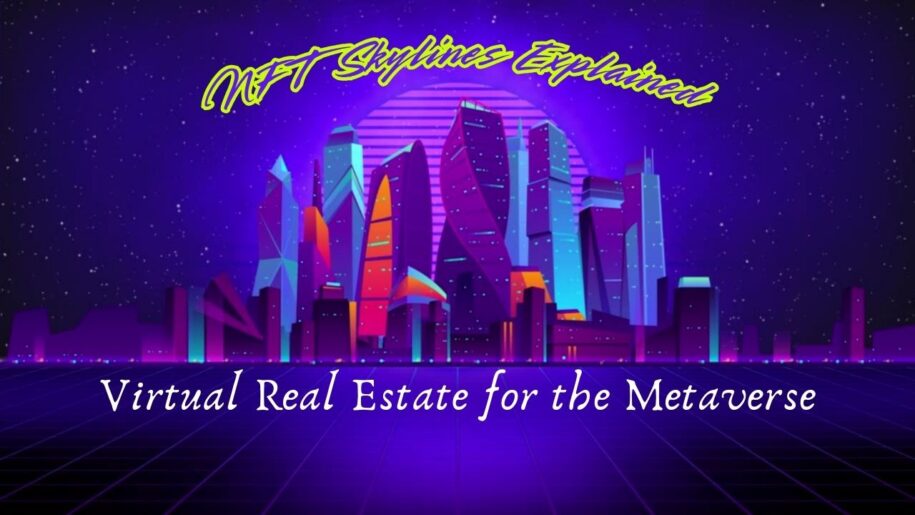

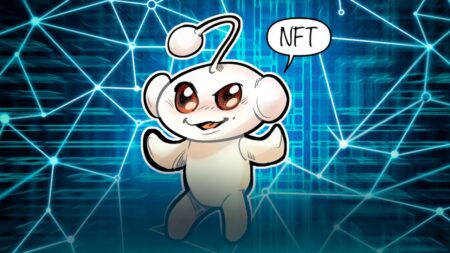
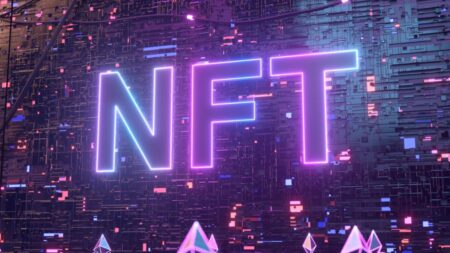
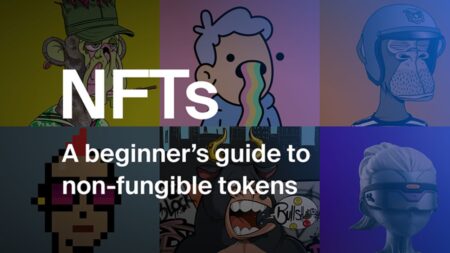
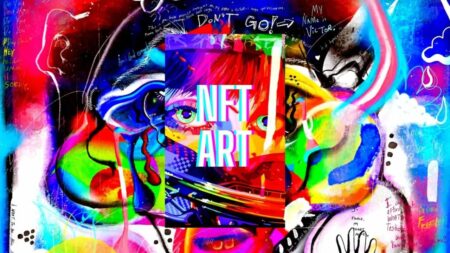
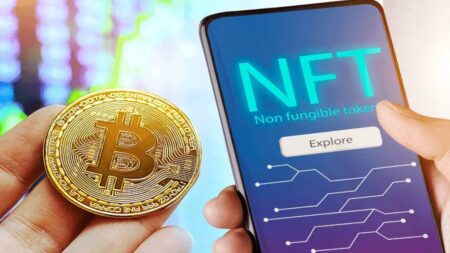
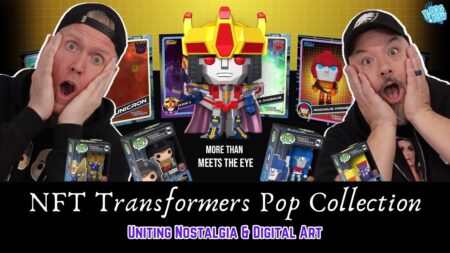



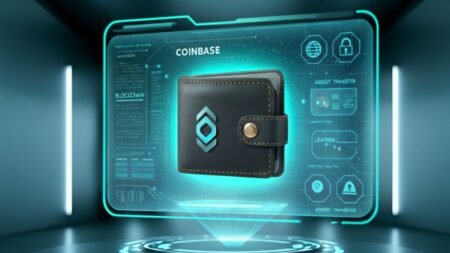

Leave a Reply